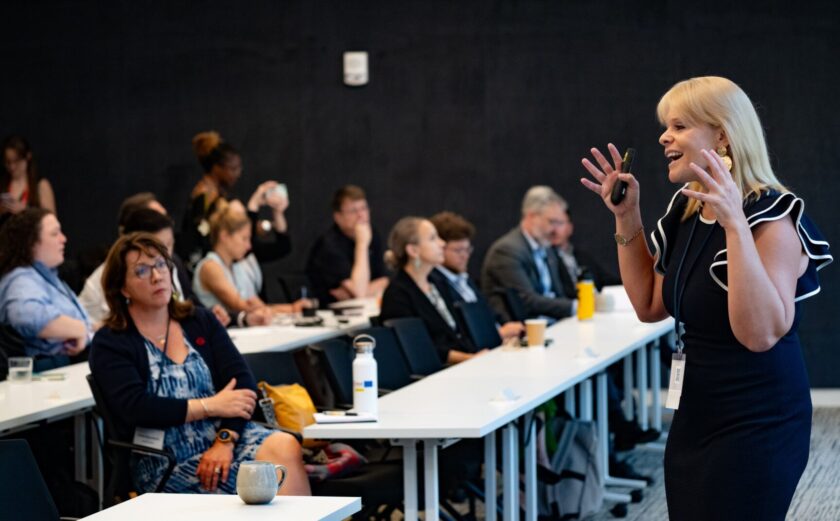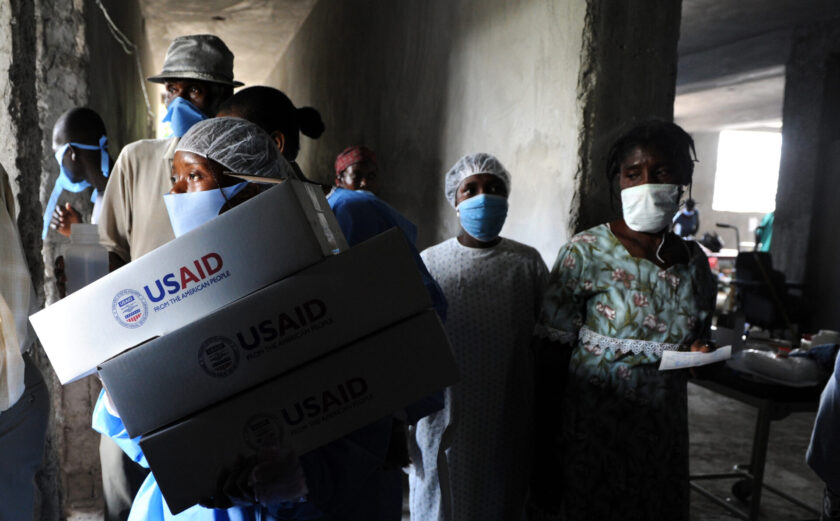
7 Steps to Combat Disinformation
International NGOs and civil society are increasingly vulnerable to online campaigns that spread false information. These disinformation attacks are designed to intentionally cause division and confusion, disparage targeted organizations and their leaders, and promote inaccurate views about the communities they support.
While disinformation is not a new phenomenon, the rise of social media, its use as a primary news source, and its out-sized role in shaping public perception, has made disinformation a growing problem for those seeking to do good work around the world. But it need not be this way. With enough preparation, organizations can be better positioned to address attacks and mitigate the effects of disinformation. Below are seven steps your organization can take to be better prepared to combat disinformation, and read our toolkit for a comprehensive overview.
Assess and anticipate risks
Certain environmental conditions, such as active conflict, authoritarian governments, or uneven connectivity infrastructure, may heighten vulnerability to disinformation and can put an international organization at higher risk of a disinformation attack. As a result, understanding and assessing potential vulnerabilities within your organization and the communities you work with is an essential first step in combating disinformation. Conducting media risk assessments, watching for early warning signs of a disinformation attack, and monitoring online conversations about your work and organization are all ways to more accurately assess risk.
Identify and differentiate disinformation content creators
Disinformation can take various forms. Both state or state-aligned groups and non-state actors can be the source of disinformation content. Identifying and understanding the source of disinformation will help inform an effective solution against it. It is also key to distinguish politically-motivated groups from those with economic motivations — the latter creates and spreads false information to earn a living but may support state and non-state actors in achieving their political goals in the process.
Target the source and content of the disinformation
Disinformation can be spread through websites, social media platforms, and messaging apps, but the exact location and extent of disinformation will vary depending on how actors intend to reach their audiences. Because collecting data on disinformation trends can be challenging, we suggest developing a system to record and log problematic content as they are noticed. Collecting and sharing information may help your organization identify leading sources and networks of disinformation.
Engage national staff
By being on the ground, national staff hold an advantage in identifying problematic trends as they occur. They can also provide important insight in planning an appropriate response. Establishing an internal system for documenting and reporting disinformation can help national staff record events as they occur. Additionally, promoting an open culture where staff members feel comfortable can encourage active reporting of disinformation.
Forge relationships with credible information sources
When assessing the media environment that surrounds your work and your organization, it is important to identify both potential vulnerabilities and potential strengths. Forming relationships with credible information sources and trusted journalists can help prevent the spread of disinformation. Organizing one-on-one meetings, regularly inviting journalists to events or activities, and maintaining a steady stream of information to these sources are all ways of strengthening these networks.
Coordinate with partners
Working with like-minded organizations has proven to be an essential part of mitigating the effects of disinformation. By sharing resources, information, and insights, strong networks between similar organizations allow for a more effective and strategic countermeasure against disinformation.
Develop a plan for proactively communicating your message
Promoting your organization and what it stands for is key to counteract the spread of disinformation. While working on sensitive issues means there is often a tension between needing to be discreet and needing to be vocal, strategically promoting your organization will allow you to control your narratives. If you do not proactively share what your organization does and what you stand for, you run the risk of having someone else fill information gaps with inaccurate information.
While disinformation can come about from a variety of sources and in a variety of forms, using the right tools and strategies may help prevent disinformation from impacting your organization and your work.








